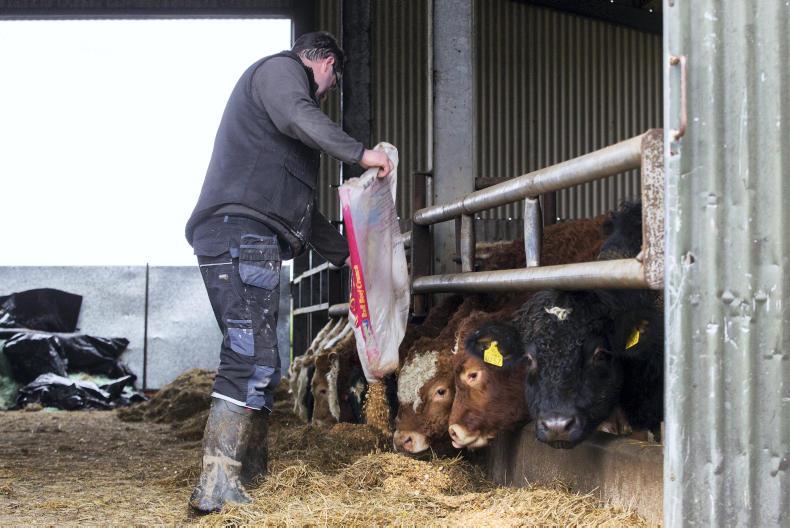Listeriosis
Listeriosis is a disease that crops up every year in younger cattle and animals being fed at pasture. Listeriosis is an infection of the brain of cattle and sheep caused by Listeria bacteria present in soil. If the silage harvester picked up bits of soil during harvesting, there is usually poor fermentation around this, as well as the presence of Listeria.
It is usually a disease of younger animals (under three years), as it is associated with tooth eruption. During this period of tooth emergence, Listeria organisms can gain entry to the nervous system via the tooth canal and, from there, travel to the brain where symptoms occur. This bacteria can also cause abortions in pregnant cows.
Symptoms can include dullness, dropping eyelids and head tilts. Animals can have partial paralysis in the head area. Early treatment with antibiotics, e.g. oxytetracycline or penicillin, will be effective in most cases. A long course of treatment is usually necessary, however, as relapses can occur. In severe cases, it is often recommended to continue treatment for up to one week after the clinical symptoms have disappeared.
Housing and giving plenty of fluids, is an important part of therapy. Animals that cannot swallow will need to be stomach tubed with water and electrolytes to give them more time to respond to antibiotic treatments. Avoiding feeding any silage that is soil contaminated should help reduce incidences. Consult your vet in all cases.
Housing space
When housing bull weanlings that are destined for slaughter this winter they should be penned based on their final liveweight. Bulls on ad-lib diets will be gaining from 1.3kg to 2kg/day, so over a 120-day feeding period they will have gained 156-240kg of liveweight. Assuming a group of eight bulls are housed together now at an average of 450kg liveweight and gaining 1.5kg/day for 120 days, there will be an extra 1,440kg of liveweight in the pen by the time they are ready for slaughter – the equivalent of having three extra bulls in the pen at the start of the feeding period. Space will be limited and animal performance can suffer due to overcrowding. As these bulls get older they will become more aggressive. Removing bulls for regrouping can result in fighting, injury and can be a real health and safety issue unless facilities are very good. The feeding space that should be allowed for finishing bulls, steers and heifers is 2.4m2. On straw this should increase to 5m2 for bulls and 4m2 for finishing steers and heifers.
Extra feeding space
On farms where meal will be fed in place of silage to make up a deficit, be mindful that you may need extra feeding space. You will need to have a feeding space for every cow in a meal feeding situation while you will get away with a lot less in an adlib silage feeding system. Some farmers have made small amendments to sheds to allow meal feeding, the important thing is to have these completed in advance of housing.






 This is a subscriber-only article
This is a subscriber-only article










SHARING OPTIONS: